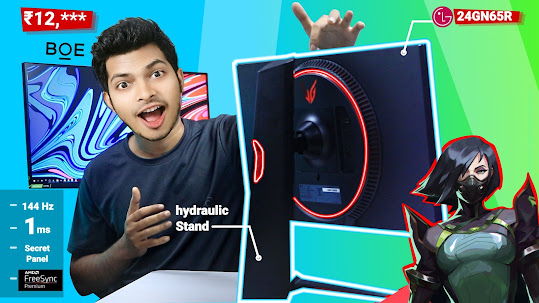I've purchased a 500GB Crucial BX500 SSD. Although it's labeled as 500GB, the actual usable capacity is 465GB. I got it for around 2000 rupees with a 3-year warranty. It comes with a SATA connection and has notably better read and write speeds compared to a typical hard drive.
Currently, there are numerous new companies offering SSDs at lower prices in the market. However, I wouldn't recommend considering them until they establish a reliable reputation in the SSD domain. On the other hand, brands like Crucial and WD have a longstanding and trustworthy history, making this purchase a hassle-free choice.
The packaging and box are in good condition. It includes a limited 3-year warranty and a manual. The SSD itself has 'BX' carving, and the backside contains important information. Mounting it is simple; there are screws for attachment. It features a SATA port and SATA power port.
The build quality doesn't strike me as exceptional, with the plastic frame being a bit fragile if subjected to pressure. However, since I only intend to attach and use it, this isn't a concern for me.
Installation is straightforward. Connect the SATA cable to the motherboard and the power supply's SATA cable. The SSD won't immediately show up on your PC; you'll need to access 'disk management' to set up a new volume. Once done, the SSD will appear in File Explorer.
The advertised 500GB space translates to an actual usable 465GB, which is quite normal. The read and write speeds are impressive at 550MB/s, a significant improvement over a hard disk.
My main reason for purchasing this was for storage. I find hard drives less convenient due to their moving parts that tend to produce noise after a year or two, and their overall lifespan is shorter compared to an SSD. The price difference isn't significant, making this SSD a suitable option for storage or upgrading an older laptop or system.
If you're building a new PC with an available NVMe slot, consider opting for an NVMe SSD. However, since I already have an NVMe SSD, I chose this SATA SSD for additional storage.
In terms of storage, SATA SSDs are superior to HDDs.





Leave a Comment